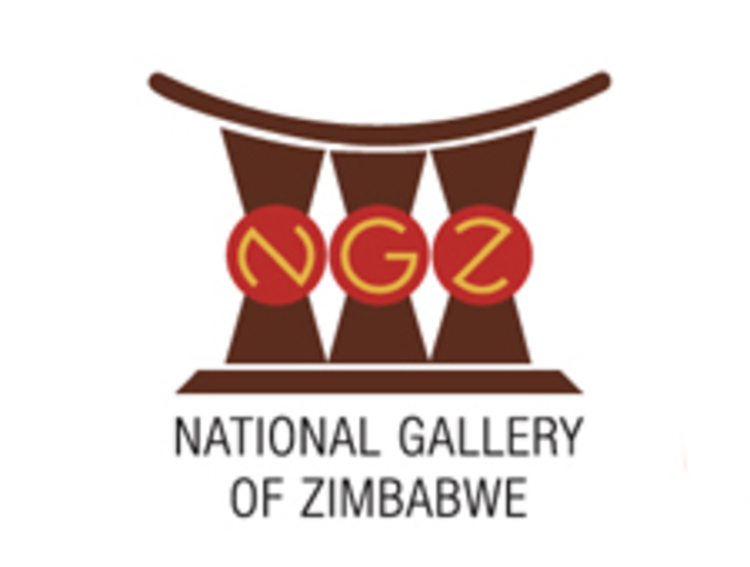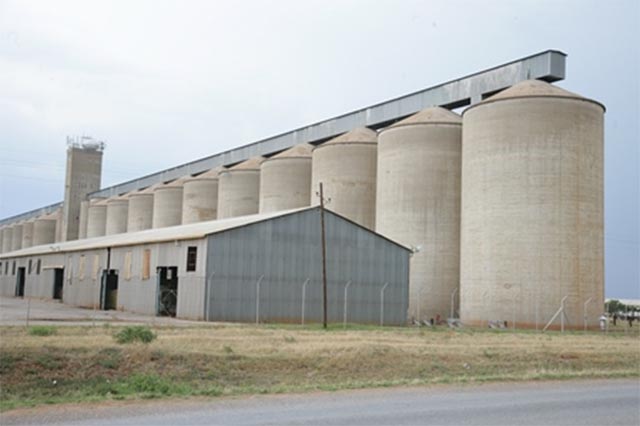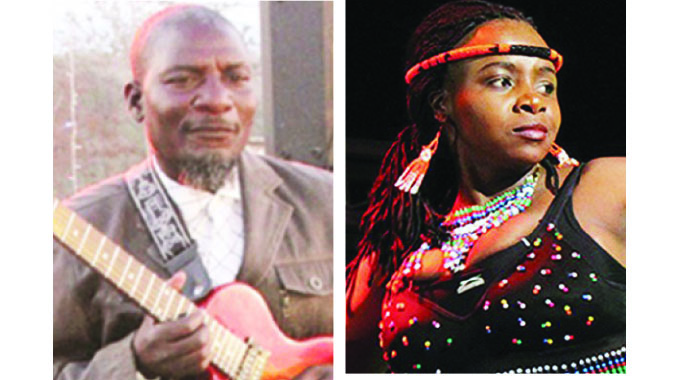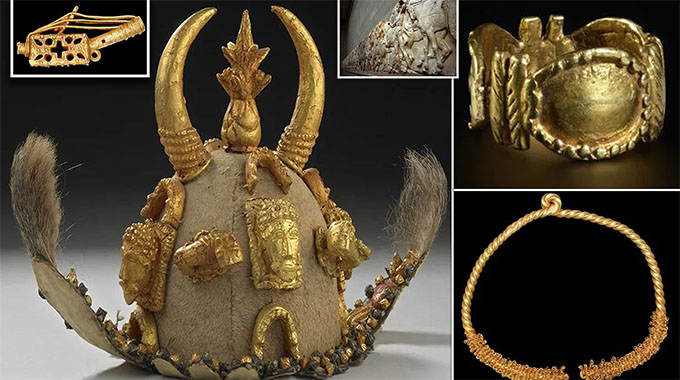Mapping the art of Zim

Mapping can be defined as sketching or resembling. An exhibition involves an act of presenting or viewing, hence the Mapping Art in Zimbabwe exhibition encompasses an act of sketching and presenting the future of art. The exhibition is divided into three distinct categories and is part of the International Conference on African Cultures offering In order to have and plan for a future one cannot cast a blind eye to the past preceding events.
A people without the knowledge of their past history, origin and culture is like a tree without roots. Art in Zimbabwe predates Imperialist intervention with objects of utility and craft featuring dominantly in the historical timeline. The creative spirit that grew from a trickle to a heavy flow on the plateau is immense. Art evolved as the years progressed from the Stone Age, Iron Age period to the colonial era. Zimbabwean art includes decorative aesthetics applied to many aspects of life including art objects used in warfare, domestic life and many other spheres. Zimbabwean art has several identifiable categories of art. It is a hallmark of African cultures in general that art touches many aspects of life.
The first stage of art is identified by the immense rock art which was practiced by the Khoisan inhabitants. Khoisan emulsion and art that were imprinted on rock surfaces over a thousand years ago hold their significant place in history. The imprints depicted hunter gather customs through bold elongated forms surviving against nature and the distinct representation of man and the beast. In most cases these compositions encompassed towering figures known and unknown deities executed through the eyes of mystics, in peaceful and seemingly aggressive times. The Khoisan lived in caves and made various artworks including beading from shells for personal decoration, incising designs on ostrich shells and utility objects such as clay pots, water straws and on the cave walls themselves. These dynamic and varied cave paintings date from around 1000BC and are a microcosm of the Khoisan’s way of life which was centered on hunting and gathering.
Another stage to note is the Iron Age stage. There was an improvement in art as this stage which led to the development of tools that were made through smelting. Iron Age marked the beginning of the prevalence of aesthetic items such as jewelery. This ushered in new trading ports with the Kilwa, Arabs, Chinese and the Portuguese. Smelting was practiced on a larger scale. Examples of smelting in the area include Ndoro, Copper Ingots and the Great Zimbabwe Bird.
The colonial era was a time of incorporation of art in a colonial society. According to Marshall the colonialist’s main aim was to create a Museum of art in Africa. Several Memoirs for example Millais’ poses that this was a period of looting artifacts. A myriad of events followed which are the Art Unions Act of 1894, Society of Fine Arts in 1927 and the Salisbury and District Art Council in 1952. History of art in Zimbabwe from then on is rooted in the Missionary School setup. The towering figures of this development were Canon Edward Paterson and Father Hans Groeber.
All this is a mapping of the past. Mapping exhibition will highlight pivotal Zimbabwean Narratives while exploring African and western meeting points against a background of contemporary concern. Mapping Art in Zimbabwe exhibition is a microcosm of the macrocosm of African art’s future and will be of benefit not only to Zimbabwe but to the whole of the African continent. Whoever wishes to foresee the future must consult the past; for human events ever resemble those of preceding times. This arises from the fact that they are produced by men who ever have been, and ever shall be, animated by the same passions, and thus they necessarily have the same results. A recap of past episodes allows one to reconstruct the past thereby constructing the future.
The exhibition’s main thrust is to bring together local and international delegates in the art and culture and heritage industries to deliberate important issues surrounding the picture and history of art and culture from Africa. The Last conference were such liberal issues were discussed was in 1962 during the colonial regime.
The conference will run for four days and over sixty speakers have been invited to deliver on sub thematic concerns such as The Historical Dimensions of Art, Development of Contemporary Art on the continent, Building from scratch and Plugging the Holes Space for Contemporary African Art and Culture and finally conservation and restoration in African today and tomorrow.
International speakers from the local scene and abroad have been invited to tackle these sub themes in a bid to map the future. The speakers are grouped in two, feature speakers and keynote speakers. These intellectuals of art through their tried and tested knowledge will deliver on Mapping Art in Zimbabwe at the conference. The conference also targets students, educationists, artists, at professionals and the business sector. It will be a platform for different practitioners from across the disapora to network and exchange cultural formulas and ideas thereby enriching them.
The exhibition will run from September 11 at the National Gallery of Zimbabwe during the International Conference on African Cultures.







Comments